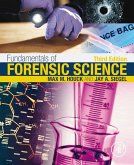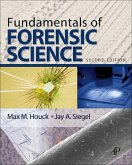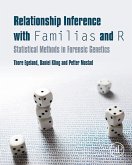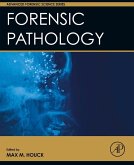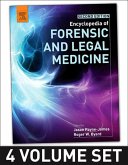Dieser Download kann aus rechtlichen Gründen nur mit Rechnungsadresse in A, B, BG, CY, CZ, D, DK, EW, E, FIN, F, GR, HR, H, IRL, I, LT, L, LR, M, NL, PL, P, R, S, SLO, SK ausgeliefert werden.
-- Richard Saferstein, Ph.D. Author and Forensic Science Consultant
"When ScienceWatch.com, a Thomson Reuters web resource for measuring and analyzing science trends, recently listed the most influential institutions and researchers in forensic science based on journal citations, the National Institute of Standards and Technology (NIST) and one of its researchers, John Butler, were among the leaders."
-- ThomasNet.com
"Intended as the companion to the 2010 publication, Fundamentals of Forensic DNA Typing, this title contains 18 chapters with four appendices providing up-to-date coverage of essential topics in the field of DNA analysis. The book includes new information on DNA databases, low-level DNA, and validation; a comprehensive listing of alleles for the 23 STR loci present in commercial kits, and coverage of familial searching."
--Evidence Technology Magazine, July-August 2012, page 4



